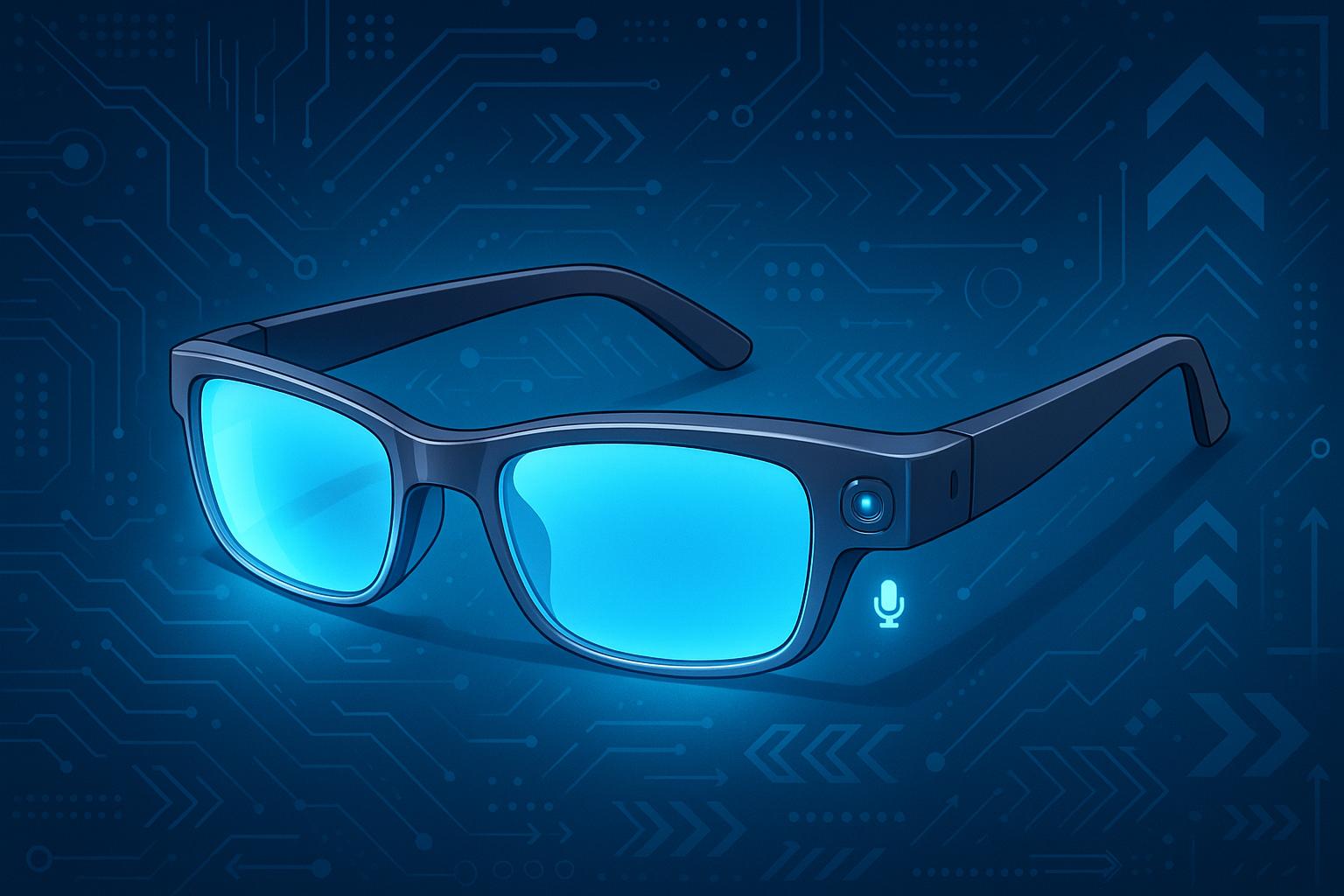Wearable technology has yet to achieve its full potential, with many products being met with tepid consumer interest, particularly in the realm of smart glasses. Historically, devices in this category have often floundered; Google’s initial foray ended swiftly as consumer demand and practical utility failed to align with the high costs. Meta has attempted to revive the concept through its collaboration with Ray-Ban, but despite some level of acceptance, these glasses remain a niche product, marked by bulkiness and discomfort in everyday use.
Now, Apple is poised to make another attempt at bringing smart glasses into the mainstream, a move that some industry insiders view with cautious optimism. As a company synonymous with innovation and user-friendly design, Apple’s track record gives some reason to believe that its forthcoming entry could alter the landscape. However, skepticism still abounds regarding whether this new offering can change public perception and usage of smart glasses, particularly given the historical context.
According to a report by Bloomberg analyst Mark Gurman, Apple is targeting the end of 2026 for the release of its new smart glasses. These devices are expected to support basic functions such as audio playback, call management, and interaction through Siri. Notably, while these glasses might share some stylistic similarities with Meta’s Ray-Ban models, they are anticipated to feature a more streamlined design and advanced functionalities. However, Gurman highlights that augmented reality capabilities may not be included at launch, implying that Apple may still be testing the waters before committing fully to this technology.
Moreover, this move is part of Apple’s more extensive strategy to bolster its position in artificial intelligence. The glasses will reportedly include integrated audio and visual components such as a camera and microphone, aligning with mounting consumer expectations for smart wearables that offer real utility rather than just novelty.
While Apple seems dedicated to making smart glasses a successful product, they have had their share of setbacks in recent years. The company abandoned plans for an Apple Watch equipped with a camera that aimed to gather contextual environmental data, illustrating the challenges faced in balancing innovation with practicality. The implications of this failed project echo a broader scrutiny of how effectively Apple can navigate the competitive wearable tech landscape, especially as mass production of their new wearable is expected to commence only by late 2025, as reported by industry insiders.
The competitive dynamics in the smart glasses market are intensified by Meta's already established presence and ongoing developments. With plans for its own enhancements, including potentially augmented reality capabilities, Meta continues to position itself as a frontrunner. Apple's delay in launching its tailored smart glasses raises questions about its competitiveness in terms of technological advancements and market experience when the devices finally reach consumers.
One potential advantage Apple holds over other competitors is its reputation for prioritising user privacy, especially in light of ongoing concerns surrounding data management practices at companies like Meta. As awareness regarding data privacy issues grows, Apple’s stringently controlled ecosystem could become a selling point for consumers wary of sharing personal information.
The competition brewing among tech giants such as Apple, Meta, and Google is expected to reshape the smart glasses market, demanding innovative designs, enhanced functionality, and seamless user experiences. Given the challenges of integrating advanced AI and maintaining appeal to consumers, the next few years will be critical for this developing technology. With a foldable iPhone on the horizon as well, Apple’s approach to innovation could determine if it succeeds in establishing a foothold in the wearables market or risks being overshadowed by its competitors.
As the landscape continues to evolve, one thing remains clear: consumer readiness and acceptance will ultimately dictate the fate of smart glasses, along with the willingness of companies to push the boundaries of wearable technology beyond current paradigms.
Reference Map:
- Paragraph 1 – [1], [2]
- Paragraph 2 – [2], [3], [4]
- Paragraph 3 – [5], [6]
- Paragraph 4 – [2], [3], [7]
- Paragraph 5 – [6], [7]
Source: Noah Wire Services
